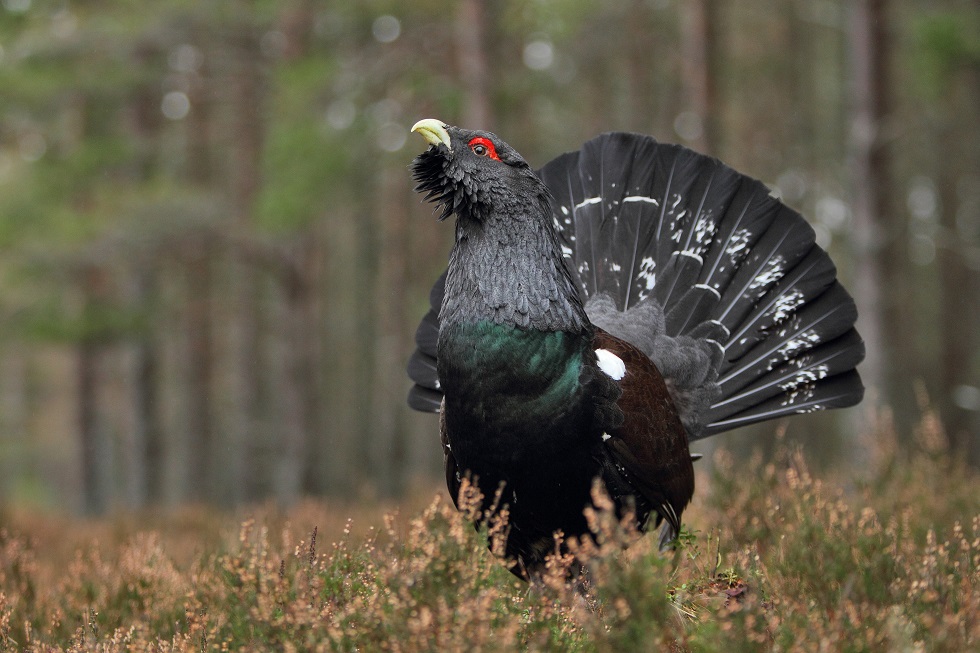In the Park – April 2017

In the Park – April 2017
Brian J Wood – Depute Convener CNPA
I was on my way to a National Park meeting in Grantown on Spey. I had passed through Tomintoul and was about ten miles from my destination when a car coming towards me started flashing its lights. On the A939 that usually means one of two things, either there’s been an accident or there are sheep on the road.
As I slowed down and crawled forward I could see no problem until a couple of miles further on I came round a corner to find my route blocked, not by a recumbent sheep, but by a dozen reindeer lazily wandering along the road. And they weren’t for moving. One particular beast just stood its ground and stared at me, clearly not the first time it had had such a confrontation.
Reindeer, which were native to Scotland, were hunted to extinction over eight hundred years ago but were reintroduced into the Cairngorms from Sweden in 1952. The herd, which during the winter months is free to roam about the mountains, has flourished and now, between Glenmore and Glenlivet, numbers around 150.
They reminded me of another species which was driven out of Scotland and which again were reintroduced from Swedish stock, the Capercaillie. Sadly they are proving to be more of a challenge. In the past they were plentiful on both sides of the Park. At one time in excess of 20,000 birds were recorded in Scotland but as a result of disturbance, development and loss of habitat numbers have fallen to about 1,200, 80% of which are either in Speyside or Deeside. Their protection is a high priority for the Cairngorms National Park Authority and recently we published our Capercaillie Framework This document pulls together all the information relating to Capercaillie distribution, the pressures they face and the current management measures being undertaken to secure their future.
How long will it be I wonder before a driver on the A939, having been warned to slow down by flashing lights, finds his progress halted, not by a herd of reindeer, but by a covey of Capercaillie crossing the road?
Alert
Latest from the National Park
Pulling together in wake of wildfires
An update from Park Authority Convener Sandy Bremner and Chief Executive Grant Moir on collective efforts to tackle wildfires in the National Park going forward.
The Moorland Indicators of Climate Change Initiative
Update on wildfire situation
Convener Sandy Bremner and Chief Executive Grant Moir have given an update on the ongoing wildfire situation.
Relevant alerts
-
There is an extreme risk of wildfire impacting the National Park from Friday 11 July until Monday 14 July.
- Do not light any fire or barbeque
- Always ensure cigarettes are fully extinguished and take your litter (including glass) away with you
- Enjoy the outdoors responsibly - most wildfires are caused by human activity
- Stay alert - with dry vegetation and warm weather, fires can start easily, spread rapidly, and burn intensely
- If you see a wildfire, dial 999
For updates, visit the Scottish Fire and Rescue Service website.




